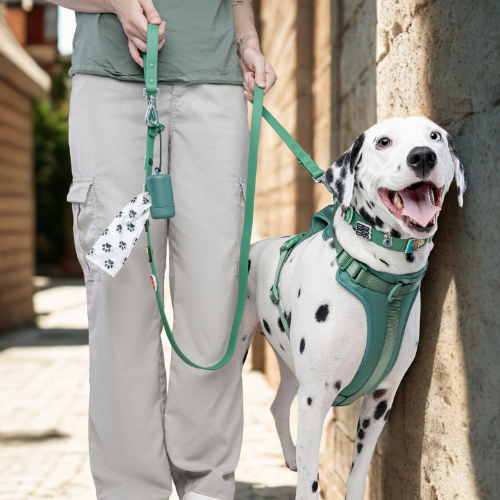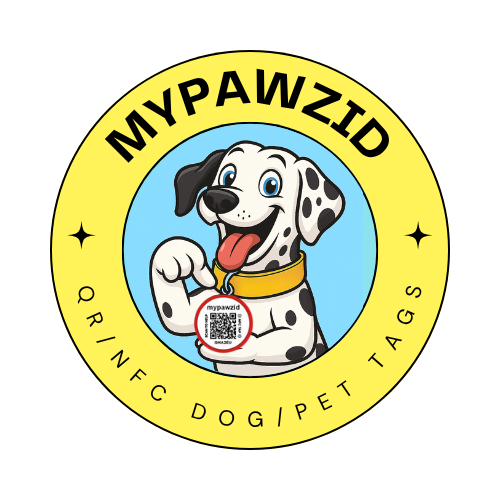
Dog Harnesses vs. Dog Collars?
Stacey PITHERSDog Harnesses vs. Dog Collars?
When it comes to choosing between a dog harness and a dog collar, pet owners often find themselves debating which option is best for their furry companions. Both harnesses and collars have their advantages and drawbacks, and the right choice depends on your dog's breed, size, temperament, and specific needs. Let's explore the differences to determine which might be the better choice for your pup.
Benefits of Dog Harnesses
1. Reduced Strain on the Neck
Harnesses distribute pressure across the chest and shoulders rather than concentrating it on the neck. This makes them ideal for dogs prone to respiratory issues, tracheal collapse, or those that pull excessively on walks.
2. Better Control
A harness gives pet owners more control, especially for strong or energetic dogs. It prevents them from slipping out and provides better guidance during training or walks.
3. Improved Safety
For dogs that tend to lunge, pull, or escape, a harness is a safer option. It minimizes the risk of injury and makes it easier to manage your dog in crowded or high-traffic areas.
Benefits of Dog Collars
1. Convenience
Collars are easy to put on and remove, making them a convenient choice for everyday wear. They also provide a place to attach ID tags, which are essential in case your dog gets lost.
2. Ideal for Well-Trained Dogs
If your dog is well-behaved and doesn’t pull on walks, a collar may be all you need. It allows for quick leash attachment and minimal bulkiness.
3. Less Restrictive
Some dogs find harnesses uncomfortable, especially if they are not used to wearing them. A collar provides a more lightweight, less restrictive option for dogs who don’t require additional control. However, a collar alone can be uncomfortable for a dog when walking, as it places pressure around the neck, especially if the dog pulls.
When to Choose a Harness Over a Collar
-
If your dog pulls on the leash or has respiratory problems.
-
If your dog is prone to neck injuries.
-
If you're training a puppy or an energetic dog that requires more control.
-
If your dog is a frequent escape artist and slips out of collars.
When a Collar Might Be the Better Choice
-
If your dog is well-behaved and walks without pulling.
-
If you need a lightweight option for everyday wear.
-
If your dog dislikes wearing a harness and doesn’t require extra support.
Conclusion
Both dog harnesses and collars have their pros and cons, and the best choice ultimately depends on your dog's specific needs. For dogs that pull, have health concerns, or require more control, a harness is often the better option. However, for well-trained dogs and those who prefer a lightweight option, a collar may suffice. In some cases, using both - a collar for ID tags and a harness for walks - can be the best approach. Whatever you choose, ensuring your dog's comfort, safety, and well-being should always be the top priority!

